DrunkkToys : Concept To Completion - Investing in the first production run!
Investing in the First Production: Overcoming Logistic Challenges: Explore the financial aspects of the initial production phase, highlighting the logistical hurdles that need to be addressed... after our previous posts HERE, HERE, and HERE... Igino aka Morticella of DrunkkToys continues to share his series on the experience he has had in creating his characters... and this is the fourth installment. So enjoy the read, and be on the lookout of the others!
After completing the prototype, you're now pleased with your creation, feeling a rush of excitement. However, this marks the transition from the artistic phase to the business phase. While packaging may still require attention, your primary focus shifts to actualizing your toy. The initial step involves obtaining quotes, typically exploring prices for Resin and Vinyl. Determining the production quantity is crucial, but it's important not to overlook other costs beyond the price of the toy itself.
The cost of a toy is determined by numerous factors, with key ones including dimensions, shape, painting complexity, materials used, and production quantity. As complexity rises, so does the price, while higher quantities generally lead to lower costs per unit. Achieving a balance among these factors is essential to find an optimal pricing compromise. As an example, resin toys typically incur higher costs compared to vinyl toys. However, with vinyl, initial expenses for the mold are higher. Yet, if your toys prove successful, subsequent editions can lead to significant cost savings. Many people are often misled by browsing Alibaba, where they may encounter vinyl toy prices as low as $1. However, in reality, genuine factories typically quote higher prices. For instance, with a minimum quantity order and for toys standing at around 6 inches tall, prices usually start at around $30 per piece for vinyl and $40 per piece for resin. Initial investments typically begin at $5000, but for most projects, a minimum budget of $7500 is advisable to initiate production, usually for around 150 pieces. Scaling up to 500 pieces can yield savings of approximately 15-20% per piece, but this would require a minimum investment upwards of $10,000.
Bringing my Drunkktoys 8-inch tall toy to life with a production run of 200 pieces required an initial investment of approximately $12,000, which includes the mold cost. However, this initial investment is just the beginning, as there are additional expenses associated with selling the toys. This includes producing packaging, covering shipping costs from China to your location, potential import taxes imposed by customs, shipping costs to send the product to the final customer, and possibly investing in advertising to promote sales. But these additional expenses will be discussed in the next and final post.
Packaging costs typically range from $2 to $12 each, varying based on factors such as quality, size, materials, and complexity. Sea shipping from China typically ranges from $3 to $6 per piece, depending on dimensions, while air shipping costs more and can go up to $12 per piece. Customs taxes vary significantly depending on the destination country. For instance, based in Prague, I've found customs expenses to be around $3 per piece. Additionally, customs clearance times also factor into costs, as delays can result in additional expenses. However, there's another cost that can catch you off guard: shipping to the final customer. If your base is in the US and your primary market is also in the US, this might not pose a significant issue. However, if you're situated in Europe and your market extends globally, you're in for a surprise. Shipping an express package from Prague to the US can easily cost at least $40 – almost the price of the toys themselves. It may seem outrageous, but this is the reality I'm grappling with. It's a situation where everyone involved in my project stands to profit, except for me!
All these expenses compelled me to set the final price at $149. Initially, my aim was to sell it at $99, but that proved impossible. To reach the $149 mark, I had to enlist a fulfillment service for logistics (suggested by my guardian angel BalkongToys). Consequently, my art toys won't physically arrive in Europe; instead, they'll be shipped directly from China, where the standard shipping cost (with a 2-week delivery timeframe) ranges from $10 to $18 per item. While fulfillment services offer convenience, there's the risk of unsold inventory, which means paying for storage space. The fear of not selling my toys is a constant worry, but I understand that such risks are inherent in this business. Another issue I'd like to address is the return policy, especially concerning limited editions. Managing returns can be challenging, particularly given the complexities of communication with China as discussed in a previous post. It's a significant problem that I need to solve because maintaining customer satisfaction is crucial for building long-term relationships. While I haven't compromised on quality to save costs, the lack of direct oversight during production raises concerns. Selling the product is just the beginning; ensuring high quality is essential for customer trust and satisfaction. In this regard, I must place my trust in my fulfillment service partner to uphold quality standards.
In this phase, numerous small challenges arise, one of which is hidden costs. Producing commercial pictures for your product can add an extra $2 to $8 per piece to your expenses. Quality visuals are essential for marketing and selling your product, but they come with a price tag. Unless you're a skilled photographer with experience, relying on amateur visuals after creating a masterpiece toy can be risky and may negatively impact your sales potential.
Now that we've covered all the necessary steps, it's time for the final stage: selling the product. Stay tuned for the next article in this series, where I'll delve into how I'm tackling this crucial aspect. I hope you're finding this series helpful. Until next time!
The cost of a toy is determined by numerous factors, with key ones including dimensions, shape, painting complexity, materials used, and production quantity. As complexity rises, so does the price, while higher quantities generally lead to lower costs per unit. Achieving a balance among these factors is essential to find an optimal pricing compromise. As an example, resin toys typically incur higher costs compared to vinyl toys. However, with vinyl, initial expenses for the mold are higher. Yet, if your toys prove successful, subsequent editions can lead to significant cost savings. Many people are often misled by browsing Alibaba, where they may encounter vinyl toy prices as low as $1. However, in reality, genuine factories typically quote higher prices. For instance, with a minimum quantity order and for toys standing at around 6 inches tall, prices usually start at around $30 per piece for vinyl and $40 per piece for resin. Initial investments typically begin at $5000, but for most projects, a minimum budget of $7500 is advisable to initiate production, usually for around 150 pieces. Scaling up to 500 pieces can yield savings of approximately 15-20% per piece, but this would require a minimum investment upwards of $10,000.
Bringing my Drunkktoys 8-inch tall toy to life with a production run of 200 pieces required an initial investment of approximately $12,000, which includes the mold cost. However, this initial investment is just the beginning, as there are additional expenses associated with selling the toys. This includes producing packaging, covering shipping costs from China to your location, potential import taxes imposed by customs, shipping costs to send the product to the final customer, and possibly investing in advertising to promote sales. But these additional expenses will be discussed in the next and final post.
Packaging costs typically range from $2 to $12 each, varying based on factors such as quality, size, materials, and complexity. Sea shipping from China typically ranges from $3 to $6 per piece, depending on dimensions, while air shipping costs more and can go up to $12 per piece. Customs taxes vary significantly depending on the destination country. For instance, based in Prague, I've found customs expenses to be around $3 per piece. Additionally, customs clearance times also factor into costs, as delays can result in additional expenses. However, there's another cost that can catch you off guard: shipping to the final customer. If your base is in the US and your primary market is also in the US, this might not pose a significant issue. However, if you're situated in Europe and your market extends globally, you're in for a surprise. Shipping an express package from Prague to the US can easily cost at least $40 – almost the price of the toys themselves. It may seem outrageous, but this is the reality I'm grappling with. It's a situation where everyone involved in my project stands to profit, except for me!
All these expenses compelled me to set the final price at $149. Initially, my aim was to sell it at $99, but that proved impossible. To reach the $149 mark, I had to enlist a fulfillment service for logistics (suggested by my guardian angel BalkongToys). Consequently, my art toys won't physically arrive in Europe; instead, they'll be shipped directly from China, where the standard shipping cost (with a 2-week delivery timeframe) ranges from $10 to $18 per item. While fulfillment services offer convenience, there's the risk of unsold inventory, which means paying for storage space. The fear of not selling my toys is a constant worry, but I understand that such risks are inherent in this business. Another issue I'd like to address is the return policy, especially concerning limited editions. Managing returns can be challenging, particularly given the complexities of communication with China as discussed in a previous post. It's a significant problem that I need to solve because maintaining customer satisfaction is crucial for building long-term relationships. While I haven't compromised on quality to save costs, the lack of direct oversight during production raises concerns. Selling the product is just the beginning; ensuring high quality is essential for customer trust and satisfaction. In this regard, I must place my trust in my fulfillment service partner to uphold quality standards.
In this phase, numerous small challenges arise, one of which is hidden costs. Producing commercial pictures for your product can add an extra $2 to $8 per piece to your expenses. Quality visuals are essential for marketing and selling your product, but they come with a price tag. Unless you're a skilled photographer with experience, relying on amateur visuals after creating a masterpiece toy can be risky and may negatively impact your sales potential.
Now that we've covered all the necessary steps, it's time for the final stage: selling the product. Stay tuned for the next article in this series, where I'll delve into how I'm tackling this crucial aspect. I hope you're finding this series helpful. Until next time!
.png)
_SpankyStokesBanner_231120.jpg)



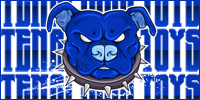
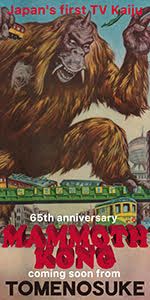
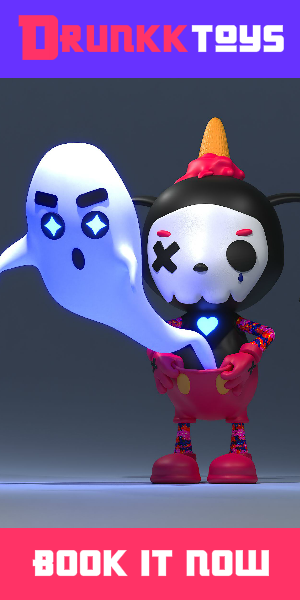
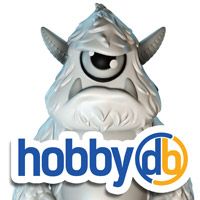








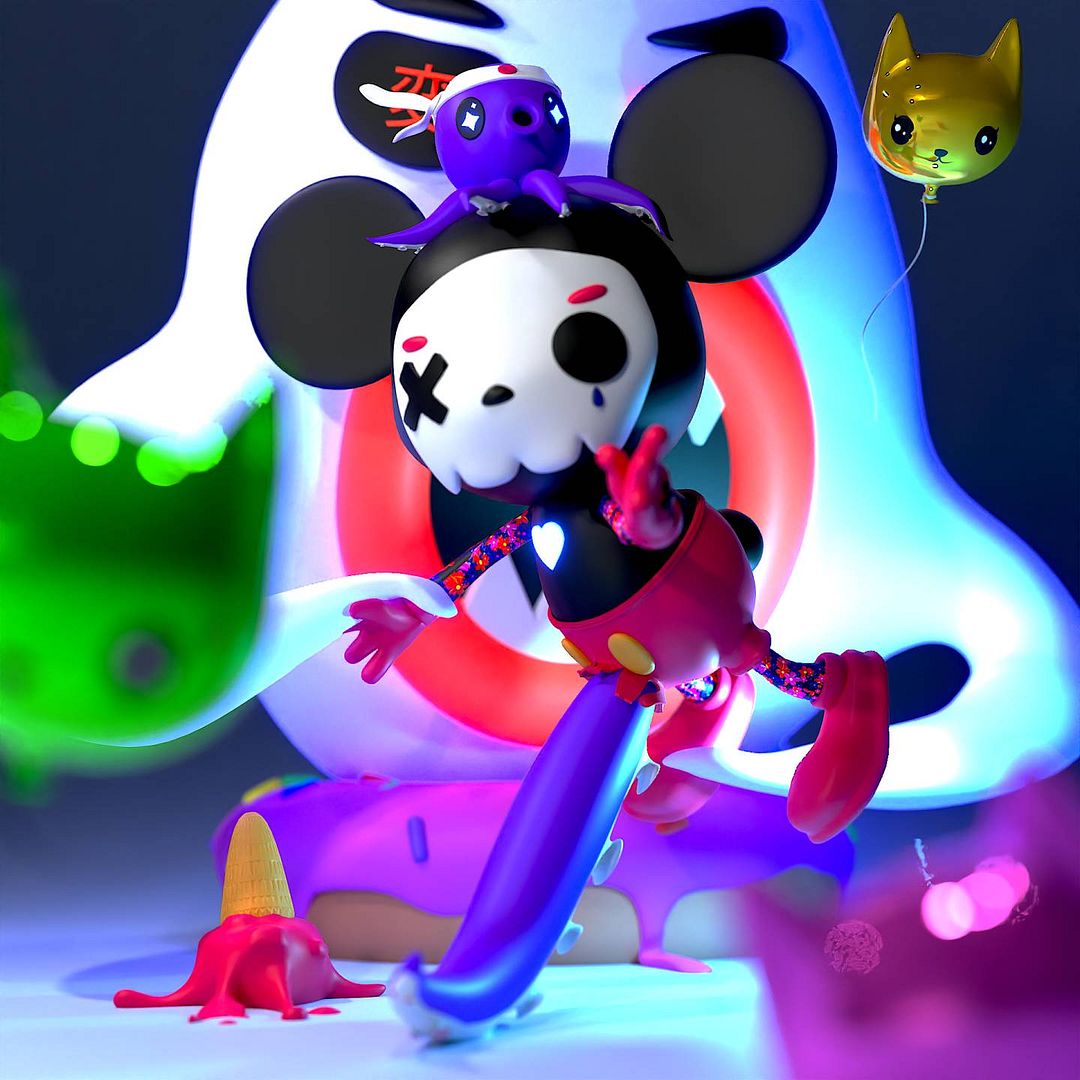
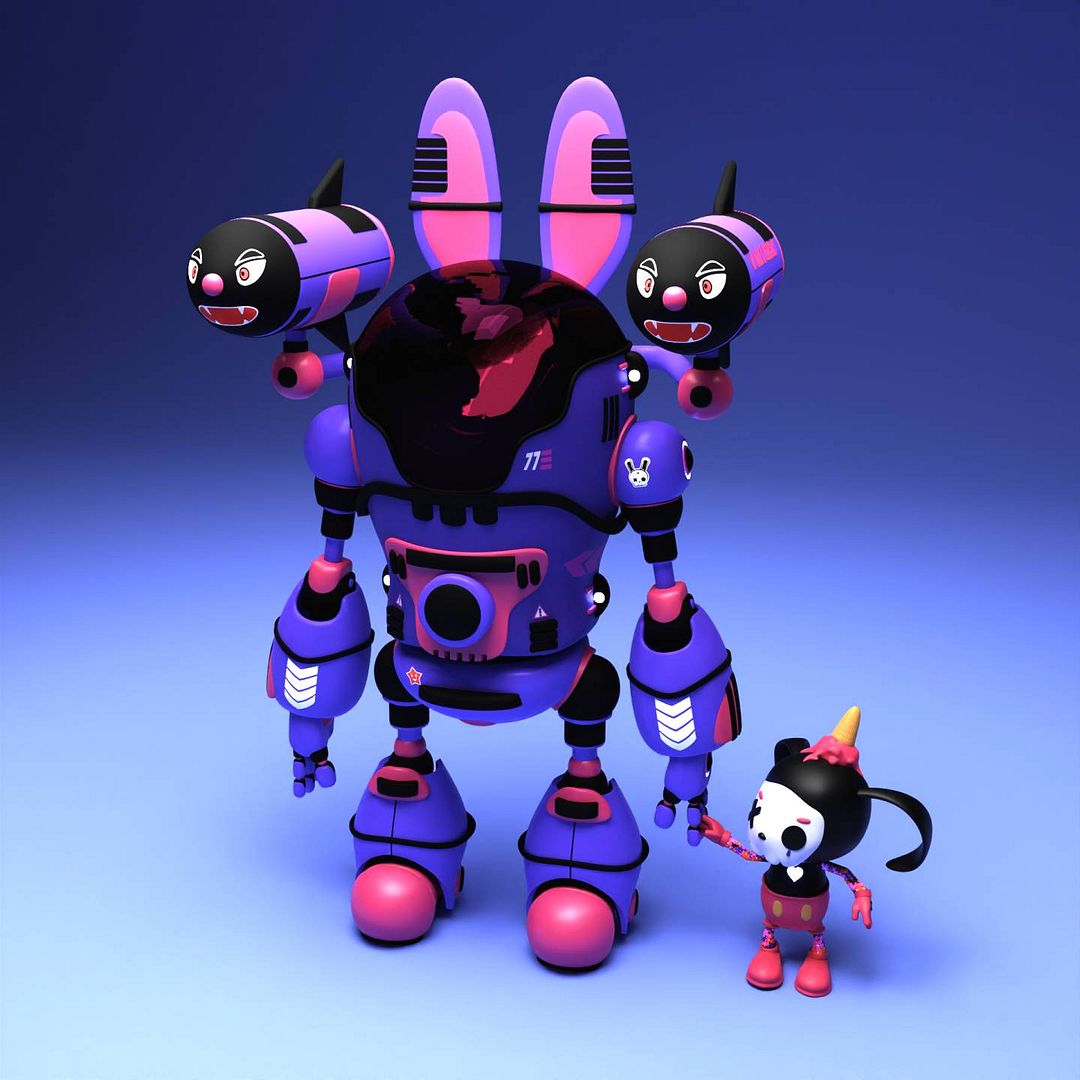


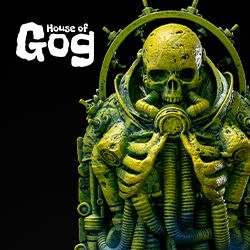
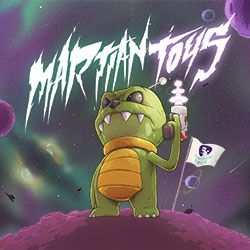
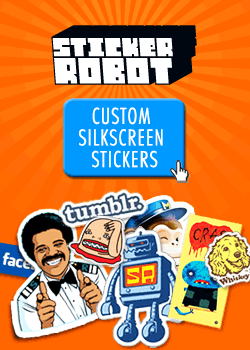
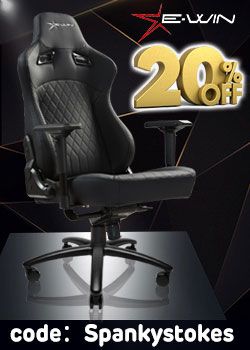
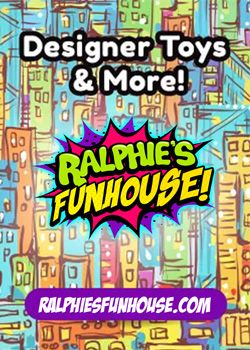
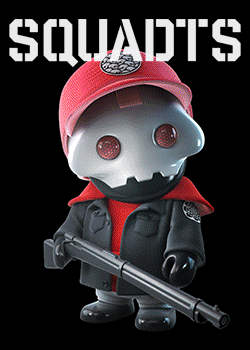


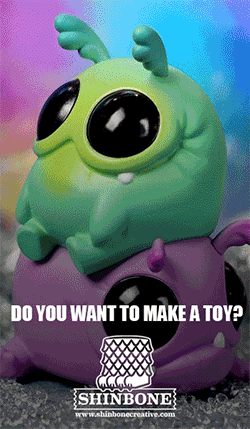
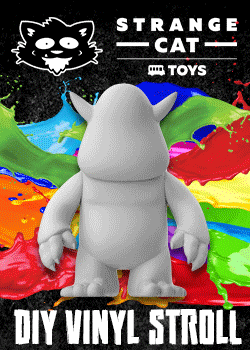
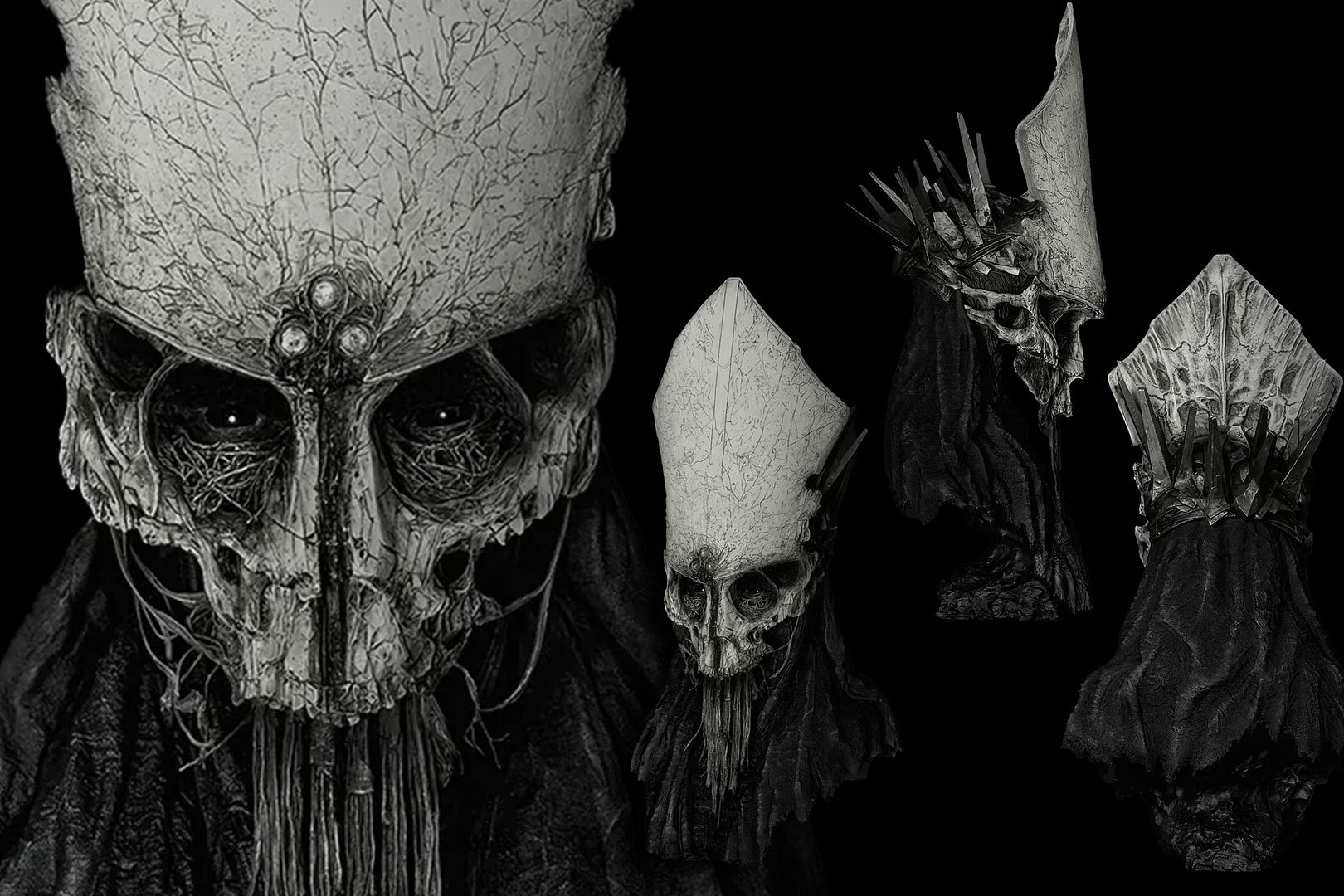

Post Comment
No comments
Post a Comment